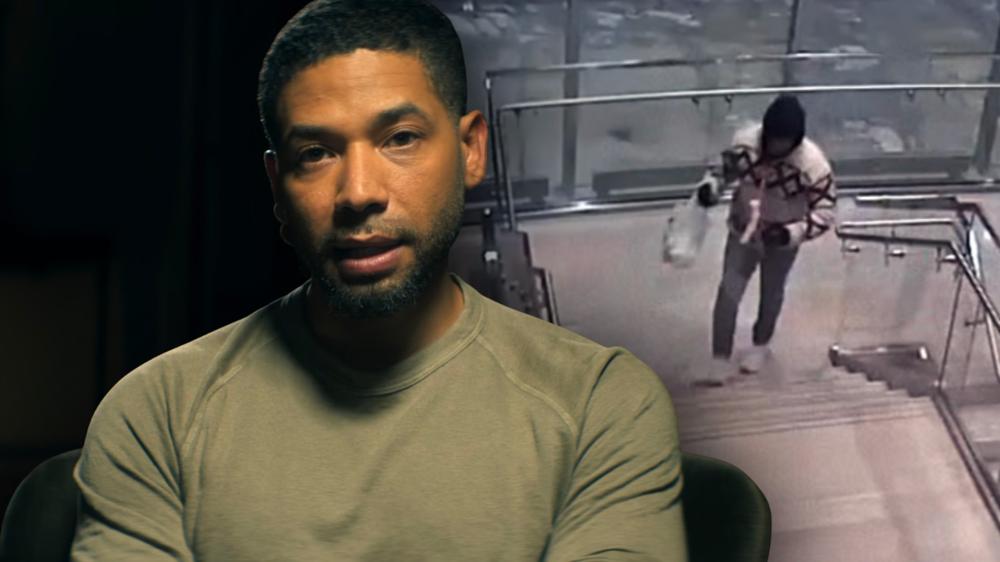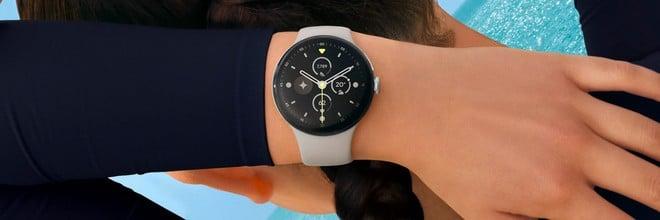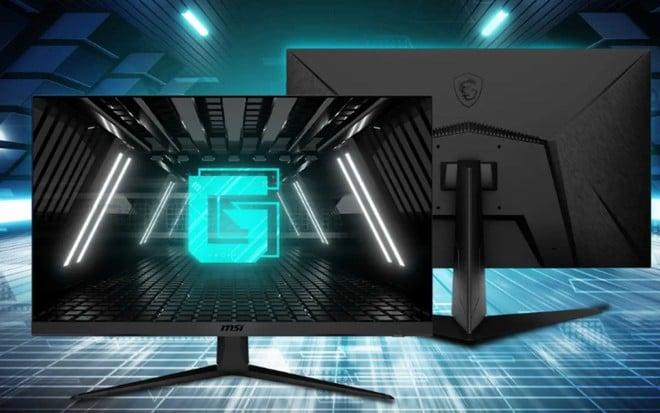Anyone who’s heard of the Jussie Smollett case will have an opinion on it, but now Netflix has dropped a new documentary that examines new evidence, inviting you to decide: was it really a hoax? Warning: some may find this content distressing.
While there’s plenty of new true crime content dropping this month, The Truth About Jussie Smollett? is well worth your time, not least due to the fact that it’s from the producers of Don’t F**k with Cats and Tinder Swindler.
For the uninitiated, on January 29, 2019, Smollett – an actor best known for playing Jamal Lyon in Empire – told police that he’d been the victim of a hate crime, having been attacked outside of his Chicago apartment complex.
According to his account, the perpetrators were two white men who used racist and homophobic slurs, even dousing him in bleach and putting a noose around his neck. No one expected what happened next: Smollett was charged for staging the attack.
Was the Jussie Smollett case a hoax?
The real answer? It’s complicated. In the eyes of the law, Smollett was found guilty in 2021 of filing a false police report and sentenced to five months in jail, though his conviction was later overturned on appeal in 2024. Still, his reputation has never recovered.
However, the Netflix documentary presents evidence to suggest there’s more to the story than a simple hoax. But first, let’s look at what happened. During the initial police investigation, they were able to track two people they believed were the attackers.
The footage led them to Ola and Abel Osundairo, two brothers who had worked as extras on the set of Empire. After questioning by the police, they eventually claimed that Smollett – wanting to boost his own paycheck and profile – had paid them $3,500 to stage an attack.
Former Chicago Police superintendent Eddie Johnson says that he already had suspicions. For instance, the fact that Smollett still had the noose on his neck when police arrived on the scene, or that he arrived home with his Subway sandwich intact.
With the Osundairo brothers’ testimony, the security footage, and evidence of the check, the case moved quickly. On February 20, 2019, Smollett was charged with felony disorderly conduct for allegedly filing a false police report, at which point he was written out of Empire.
These charges were dropped the following month based on his volunteer service in the community and agreement to forfeit his bond, leading to backlash and allegations of favoritism.
“He’s a celebrity and he’s getting preferential treatment,” says Johnson. “It ticked off the police and it ticked off the judicial system.” In 2020, a special prosecutor re-indicted him, and in December 2021, Smollett was convicted of five counts of felony disorderly conduct.
The actor was sentenced to 150 days in jail in March 2022, although he was released six days later while his legal team pursued an appeal, arguing that his rights had been violated.
After years of legal wrangling, Smollett’s conviction was overturned in 2024 by the Illinois supreme court, which ruled that prosecutors had unlawfully refiled charges against him after entering an agreement to drop them.
Despite this partial legal victory, the stigma of the case has remained .To critics, the alleged hoax looked like a cynical attempt to exploit the cultural moment.
However, Smollett to this day maintains that he was telling the truth, with The Truth About Jussie Smollett? delving into eye-opening findings made by Abigail Carr, an independent documentary maker who originally believed Smollett was guilty.
When she started digging deeper, she found there was “no hard evidence connecting the Osundairo brothers to the crime. There were no eyewitnesses that identified the Osundairo brothers. There was no forensics.”
New evidence presented in Netflix documentary
Carr joined forces with journalist Chelli Stanley, who was also researching the incident. Stanley was able to obtain the police reports of the Smollett case, which featured the badge numbers and names of the detectives involved.
She looked into the 38 officers and supervisors who were assigned to the case, only to discover they had a combined 563 misconduct allegations formally filed against them by Chicago citizens, ranging from criminal sexual misconduct to shooting people and selling drugs.
“And they were also sued for misconduct 16 times, with the city paying out those 16 times,” adds Stanley. “One of the first people that shows up on the scene was accused in a formal complaint of homophobic hate speech against a Black man.”
Also in the Netflix documentary is eyewitness Anthony Moore, whose account of that night corroborates Smollett’s version of events. He says he saw at least one white man running past his workplace that night, but when questioned by the police, they would only let him pick from a lineup of Black men.
“What was the purpose of giving you my story? Because you’re just ignoring everything I just said to fit what’s going on, whatever their narrative was,” he says.
When Stanley later obtained the security footage showing Moore’s interaction, it was missing a key 10-second segment: the moment Moore shines a light in the suspect’s face.
With this in mind, Stanley requested the full collection of security cam recordings showing the suspects from that night by filing Freedom of Information Act requests. As she and Carr went through them, they discovered one clip that’s bright and well lit.
In it, you can see the face of one of the suspects: and he appears to be white. “This doesn’t look like the brothers,” says Carr. “This is more the way that Jussie Smollett described his two attackers.”
But perhaps the most compelling evidence is presented near the end of the true crime doc, when footage is revealed that suggests the Osundairo brothers may have conspired with the police to take Smollett down.
You see, Ola Osundairo had already been involved in an attempted murder case in 2011, one that meant he wasn’t allowed to own guns. But when officers searched their home, they found a collection of firearms, meaning they had leverage.
Plus, in one clip, the brothers’ lawyer explains to Ola – an aspiring actor – the difference between a case being expunged and sealed. In another, detectives can be seen saying to the brothers, “Just to reiterate now, we didn’t make any promises, right?” causing Abel to laugh.
Smollett also gives an interview, maintaining his position that he really was the victim of a hate crime. Regarding the $3,500 check, Smollett states that Abel had been working as his trainer at that moment in time, and that he’s “embarrassed” to admit the payment was for a “herbal steroid.”
Ultimately, The Truth About Jussie Smollett? doesn’t give any definitive answers. The case remains murky, but the new documentary at least shines light on evidence that was buried amid the tumult.
Could there be a retrial?
Legal experts suggest that while a retrial is not impossible, it’s highly unlikely. Since his conviction was overturned on the grounds that the state refiled charges unlawfully, the legal footing for a retrial is shaky at best.
What could happen is Smollett pursuing civil claims, arguing malicious prosecution or misconduct based on the evidence highlighted in the Netflix documentary, or the state could take out a lawsuit against Smollett.
As Ben Michael, Attorney, M & A Criminal Defense Attorneys, told Dexerto, “I think the likelihood of a retrial is unlikely. His conviction has already been thrown out by the state, after the charges were initially dismissed.
“So, since his conviction’s been thrown out, there won’t be a retrial. But, the state could possibly pursue a civil lawsuit for damages. Overall, this is a case where the court of public opinion weighs heavily.”

 Google Pixel Watch 4 ha un grande vantaggio: è facile da riparare
Google Pixel Watch 4 ha un grande vantaggio: è facile da riparare